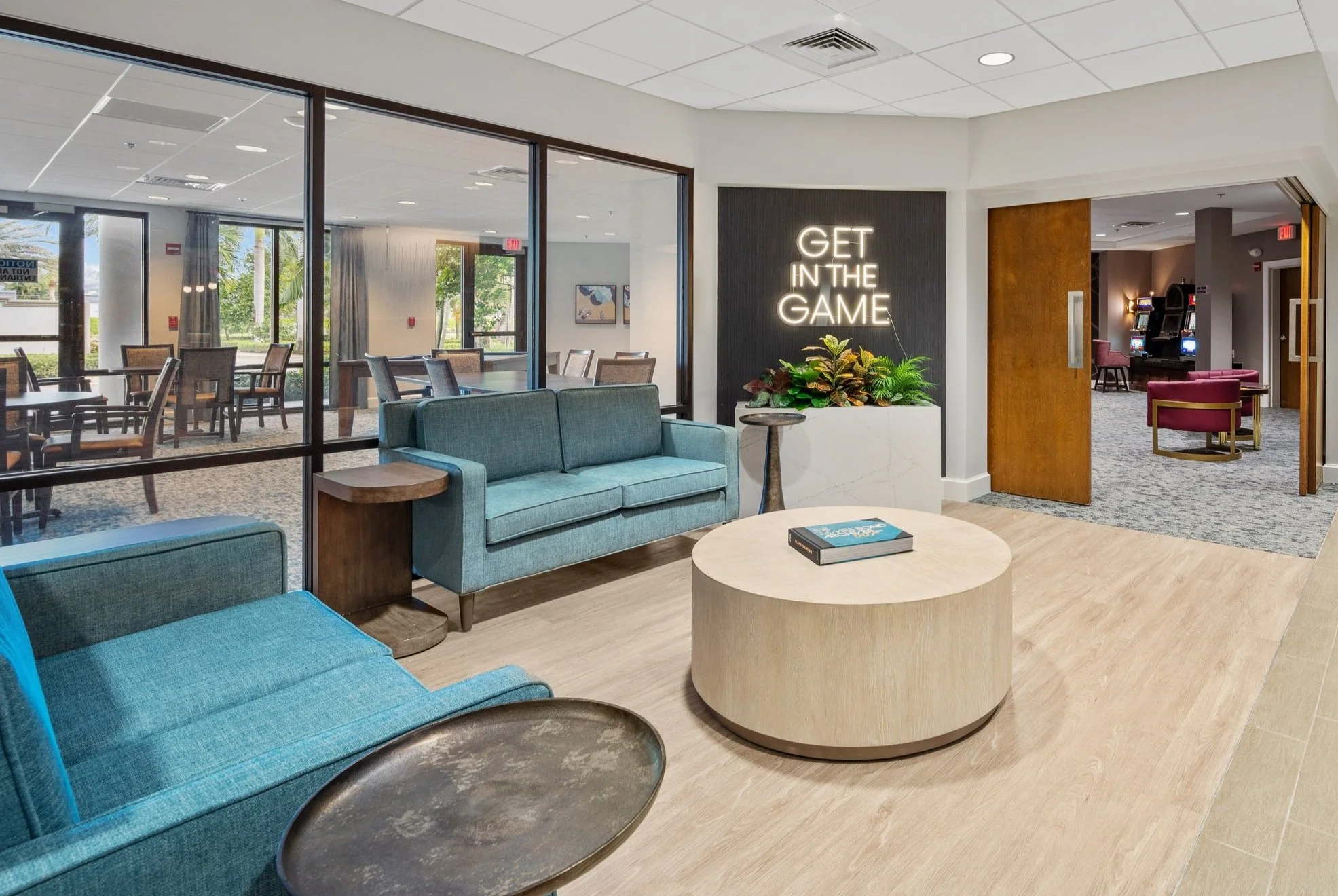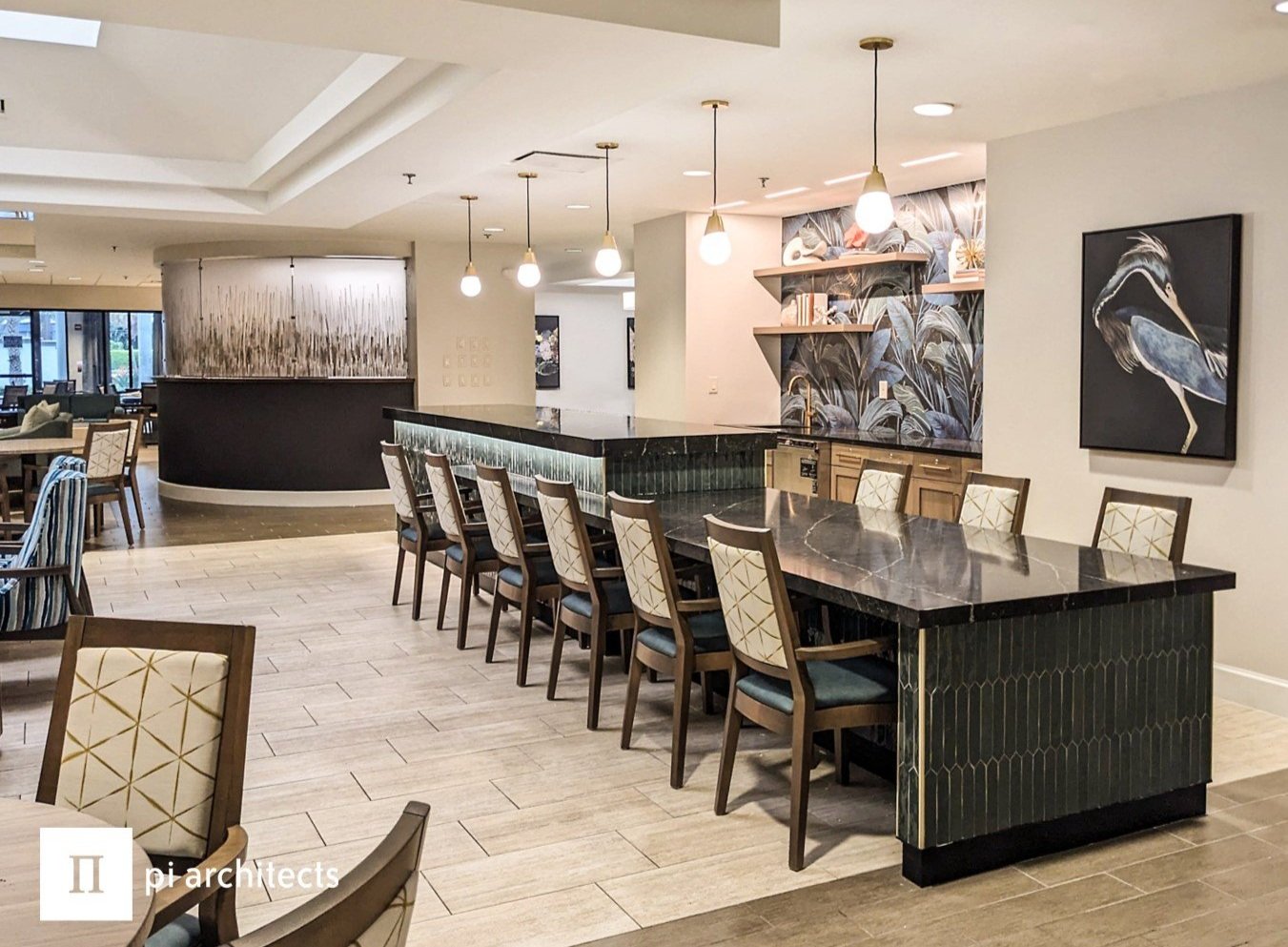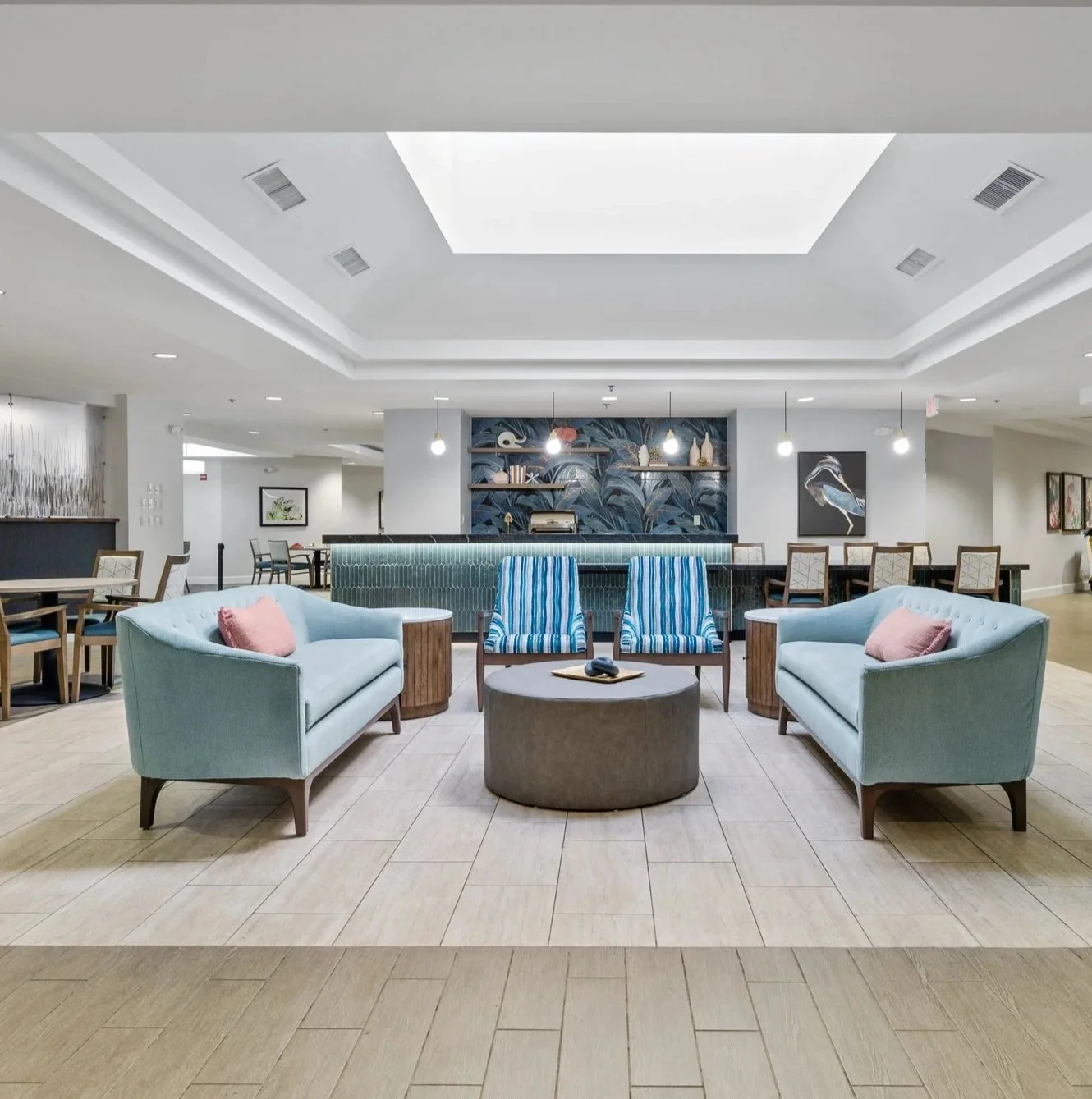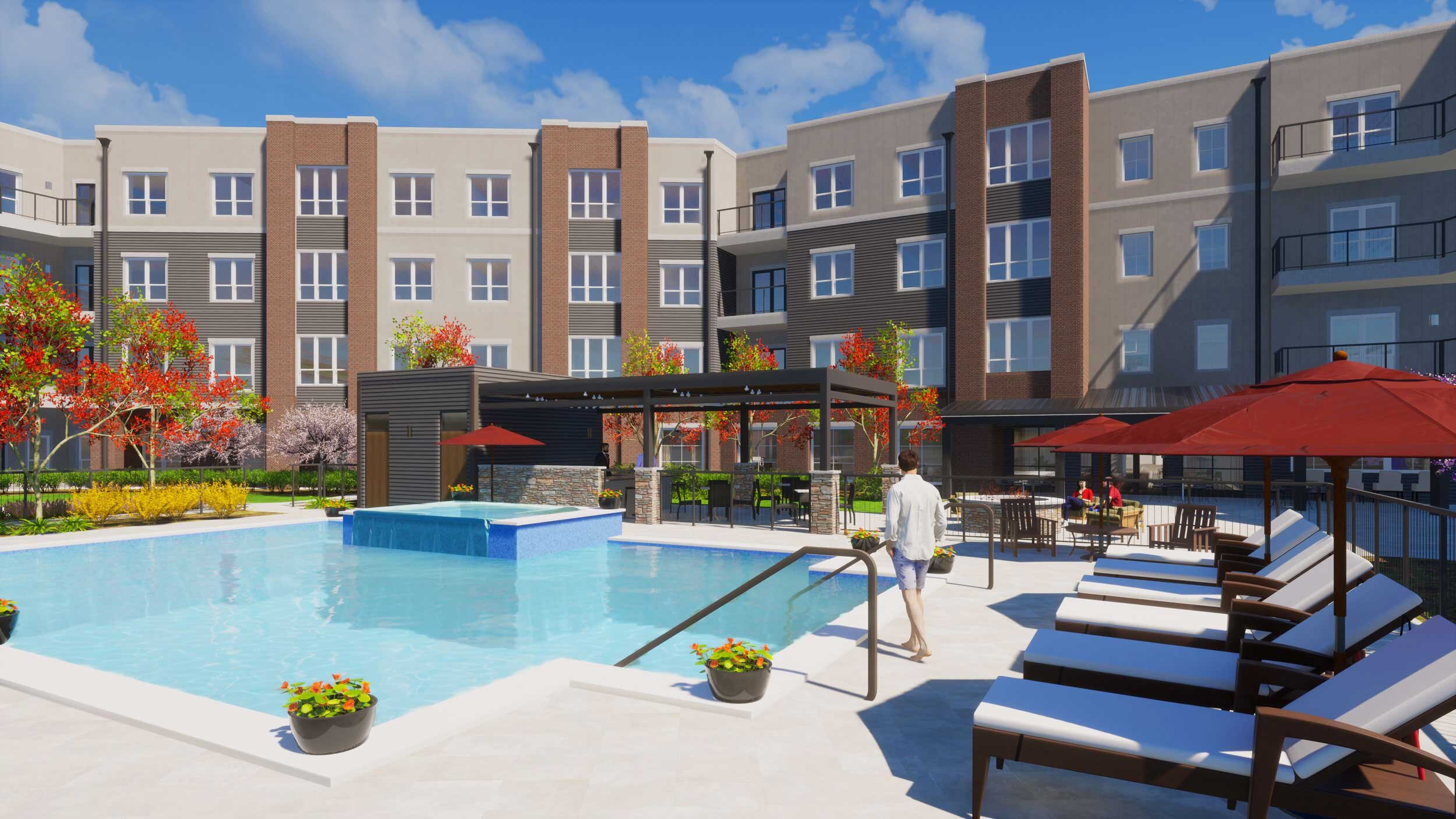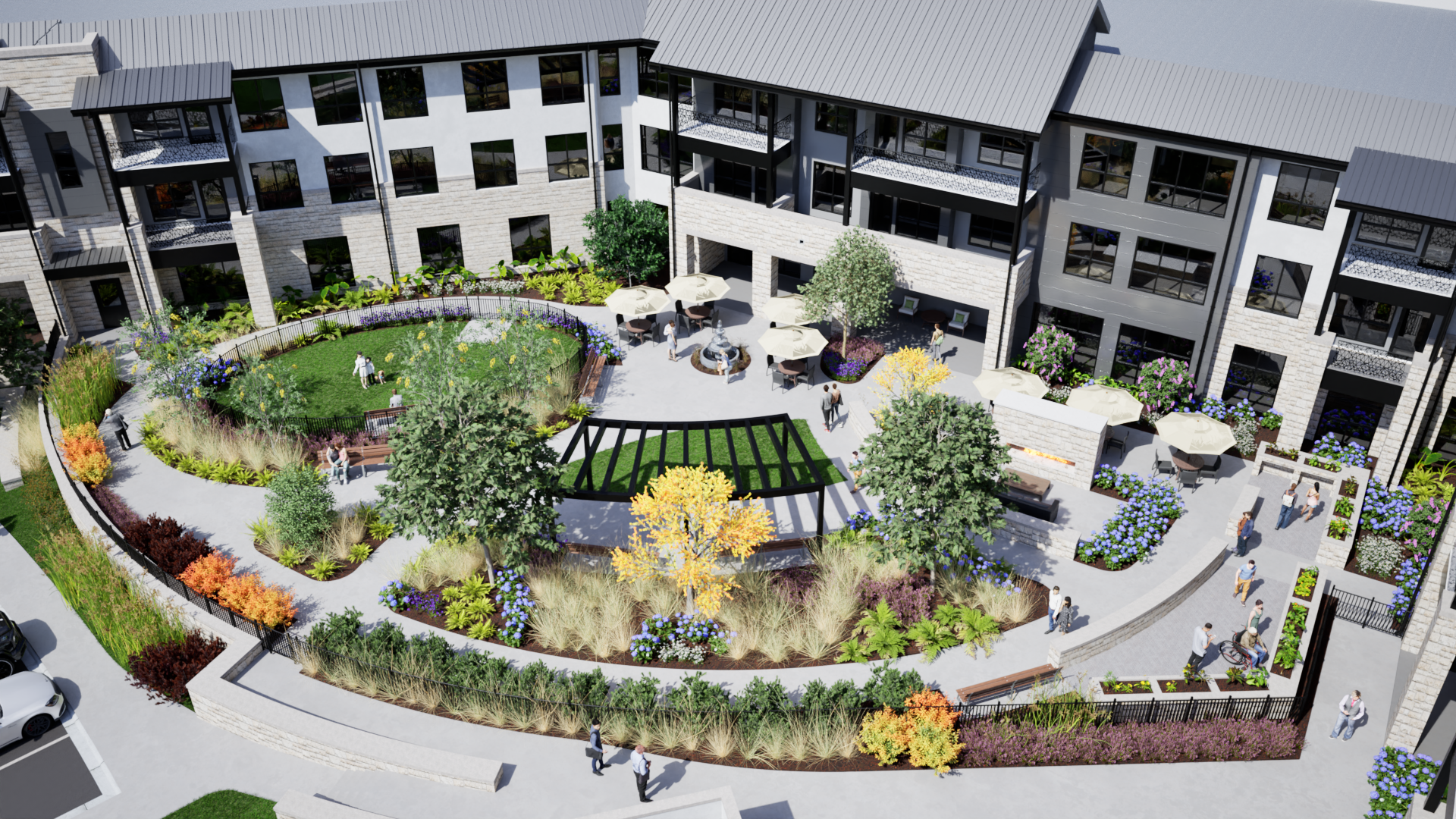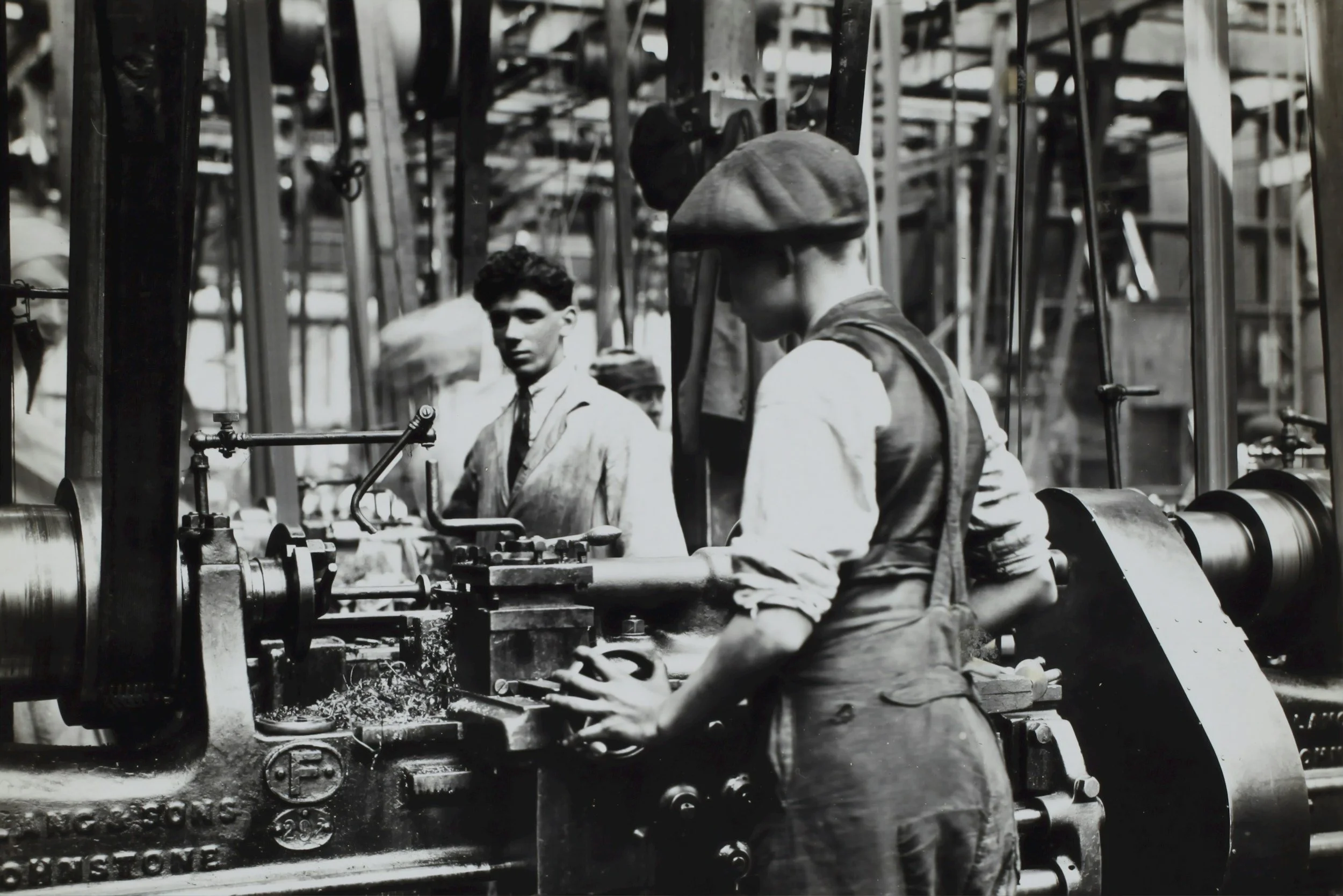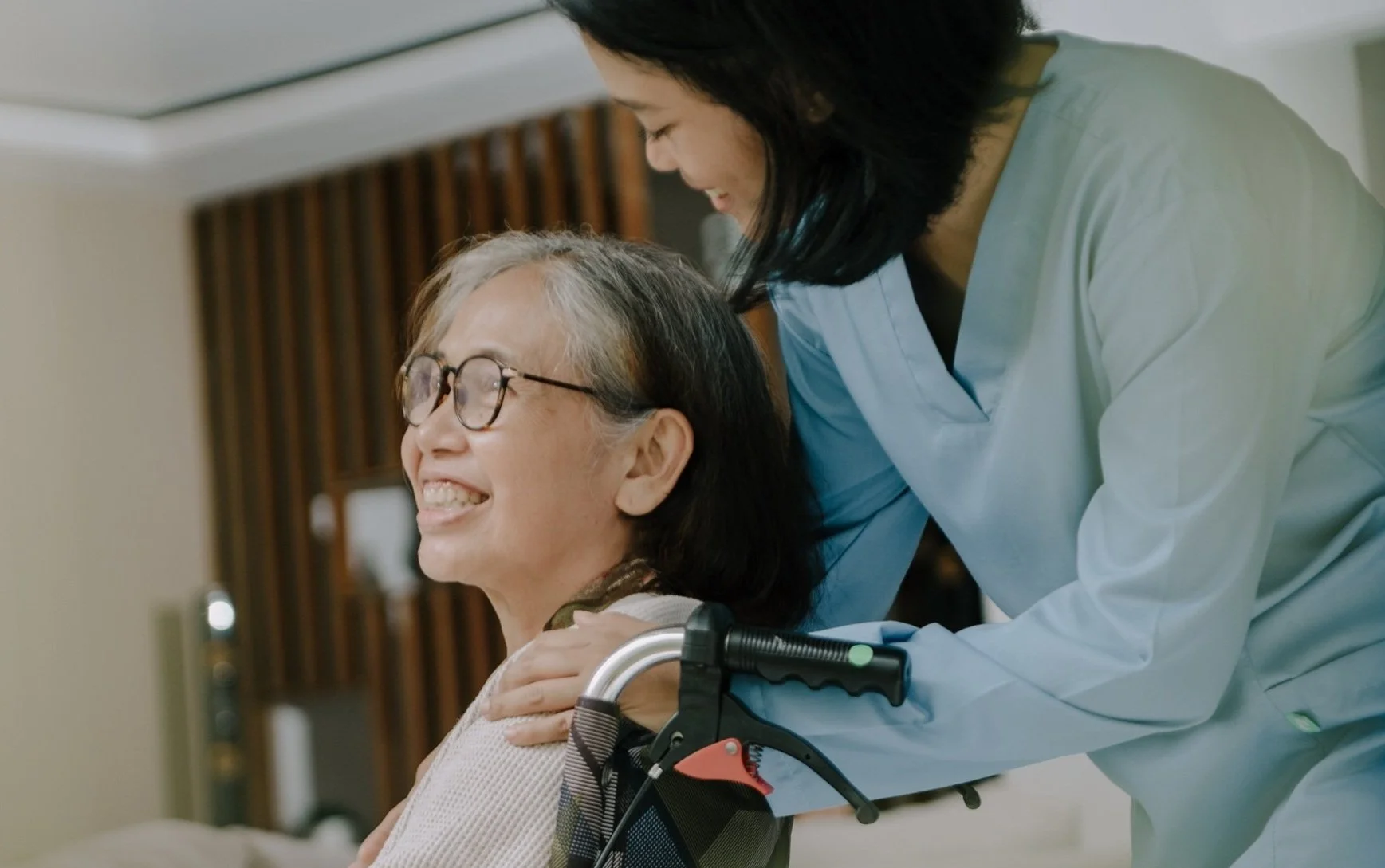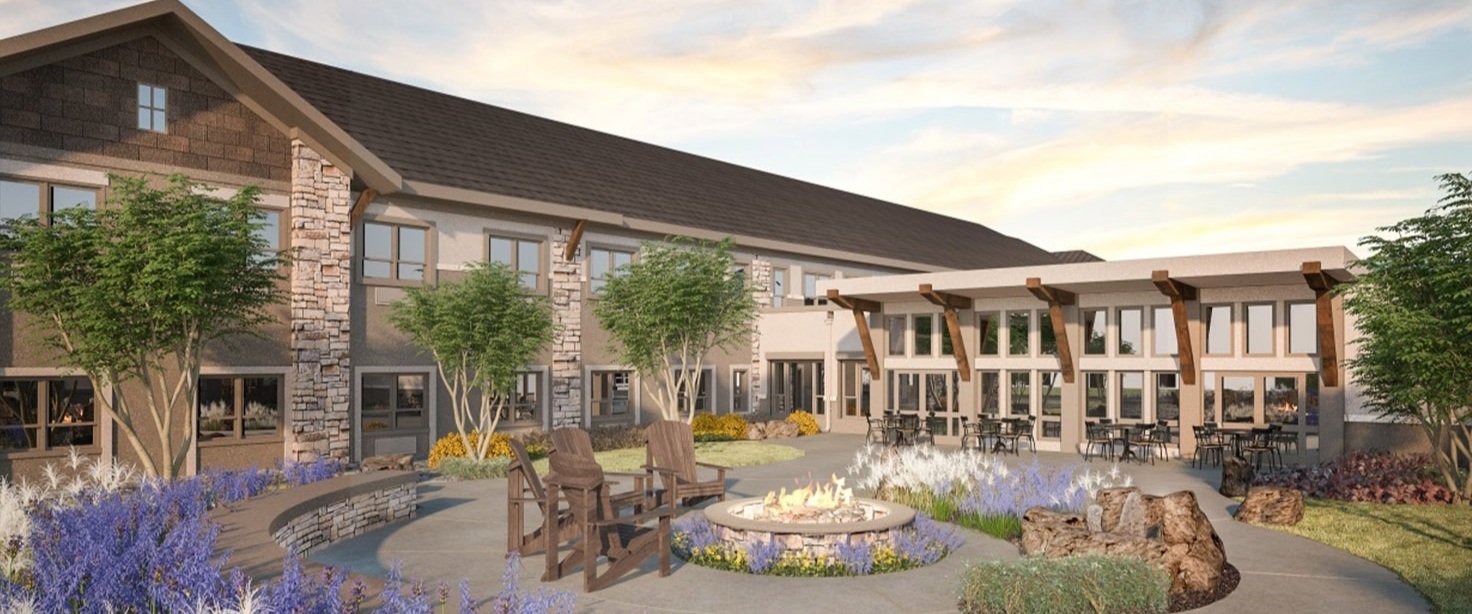Nothing Scary Here: Tips for Successful Repositioning
It‘s time to settle your fears over repositioning. With the right partners and planning, repositioning can be a dream instead of a nightmare. Look at the long-term benefits to the community to stay competitive and think of repositioning as a strategic investment in the future.
Mark Warrick, AIA, LEED AP, vice president of Pi Architects, shared some common fears about repositioning/renovations and how to exorcise these demons:
The mystery of change. Sometimes it can be hard to visualize what can be achieved and where to start. It is not just about aesthetics; repositioning can help a community optimize underused areas and turn spaces into revenue-generating amenities. A well-planned project can also improve operational efficiency and breathe new life into your community, improving the resident experience, strengthening your brand, and boosting overall performance. “I have been amazed with the results our team can achieve even within a small budget”, said Warrick
Dastardly disruptions. Even a small change, such as new carpeting in a popular lounge area or fresh paint in the entryway, causes some disruption. Residents temporarily lose access to a space that is part of their daily routine; they may have to use a different path through the building or exit through back doors. One thing that helps lessen the disruptions is involving residents early in the planning for changes. “Let them know what will happen and when, and how it might impact them. Seek feedback from the residents about what would make any disruptions more palatable,” said Warrick. When the time comes for the repositioning, have clear signage and provide enticing alternatives to ease residents into change (such as an alternate lounge with morning pastries from a popular local bakery or innovative use of outdoor spaces for meals and happy hours). Remember, repositioning is a thoughtful approach to updating your community’s spaces, services, and stories, and with Pi’s experienced designers and architects, it can help minimize disruption.
Dark Corridors of Cost. At a time when budgets are tight and cost-cutting is a priority, the price tag for repositioning/renovations can be scary. However, Warrick said, “It doesn’t have to do a complete redo of everything. You’re tweaking things and kind of adding a cherry on top of what you already have.” A financial study up front is key to determining what renovations are most important and what they might cost. “Back up your decisions with data to avoid unpleasant surprises down the road,” he suggested. As your architect and interior design team, we can help identify ways to save money without cutting quality or aesthetics. For instance, moving walls or other structural changes often involve costly and time-consuming electrical and plumbing work. Instead, said Warrick, consider putting in furniture and other elements to improve the flow of spaces. Changing light fixtures, wall textures or colors, and rotating art and décor are also inexpensive upgrades that brighten spaces and give the community a fresh look.
Keep residents, families, and team members informed and involved throughout the process. It is important to communicate with residents, family, staff, and others about what you’re doing and why. Emphasize how it will improve things like safety, security, comfort, or the ability to engage in activities.
These tips can help change the trajectory of your renovation/repositioning story. In this version of the classic Halloween tale, no one is fleeing from a haunted house. Instead, they enjoy a home that is cheerful, up-to-date, functional, and beautiful. Interested in learning how repositioning could transform your community? Contact Pi Architects, who understand the senior living market and can help you design spaces and experiences that inspire connection, comfort, and growth.

